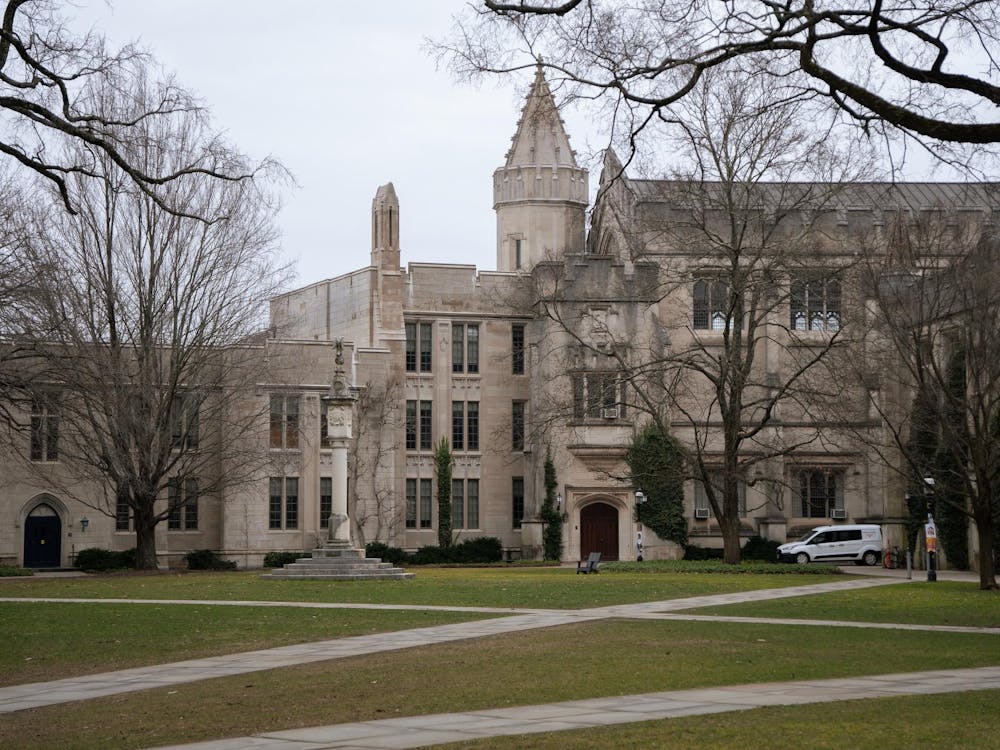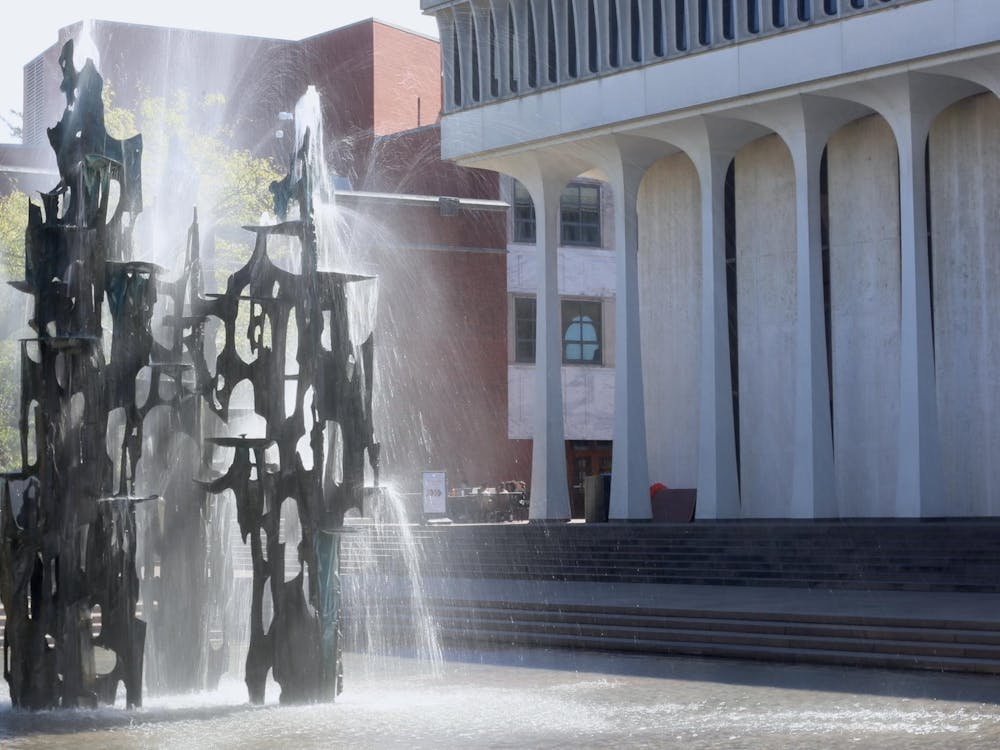The relationship between carbon emissions and climate response is much more complicated than previously thought, according to research published by scientists at the University's geosciences department andthe Geophysical Fluid Dynamics Laboratory on April 1in Geophysical Research Letters.
The scientists' findings imply that current methods of comparing carbon emissions with temperature change are not effective.
John Krasting, a physical scientist at the GFDL, which is associated with the National Oceanic and Atmospheric Administration, led the study. He explained that the researchers used a physical climate model coupled with a carbon cycle model to conduct the study. A physical climate model is a computer-run simulation that incorporates different aspects of the environment.
“The earth system model is able to represent the physical aspects of the climate and carbon cycle and their interactions,” Krasting said. “It then is able to predict the response to that carbon forcing. We see the atmospheric CO2 rise along with climate response.”
The transient climate response to cumulative carbon emissions isa measurement of the atmosphere's change in temperature per unit mass of carbon emitted. Krasting explained that it was previously thought that the TCRE was a constant property of a climate system, but the team’s research has shown that it is much higher when carbon emission rates are very high or very low.
Research scientist at the GFDL and co-author of the study Ronald Stouffer explained that the research shows that TCRE is not an effective measurement when considering climate mitigation policy.
“TCRE is a good metric for emissions about what they are today,” he said. “For very slow rates, like what you would have to go to in order to stabilize the climate change, TCRE becomes a very bad metric to use. That is not very well understood in the policy community."
Elena Shevliakova, senior climate modeler in the ecology and evolutionary biology department and co-author of the study, remarked that climate scientists are now beginning to understand that there is a very complicated relationship between carbon emissions and the rate of climate change.
“In a lot of the literature, including the [Intergovernmental Panel on Climate Change] summaries for policymakers, people think that this relationship is well understood and it’s very certain,” Shevliakova said. “It’s been used a lot in the literature and the media as a quick way to relate emissions to the future rate of climate change. Yet it’s a very new concept, and it’s not very well understood.”
She explained that there is widely believed to be a linear relationship between temperature change and amount of carbon dioxide emissions, but this theory does not hold in the short run.
“[The TCRE] might be an interesting metric to compare models, but I don’t think it should be a metric that should be used to decide policy, especially on the short time scale,”Shevliakova said.
Krasting also noted that the study showed that the time it would take to double the atmospheric carbon dioxide concentration could range from 50 to 1,200 years, depending on the rate of carbon emissions.

“We see time scales ranging from several decades to a millenium,” Krasting said. “The question has to be, 'How do these time scales reconcile with those who are making policy decisions?'”
Stouffer said that the recently published research is intended for both scientists and policymakers. He said that IPCC report authors may synthesize the information into summaries for policymakers.
Krasting expressed the hope that his research, in addition to influencing policy, will lead other scientists to look more carefully at the methods currently used to model climate change.
“We’re hoping that there will be a better examination of just how varying emission rates influence the climate and carbon cycle response,” he said.








